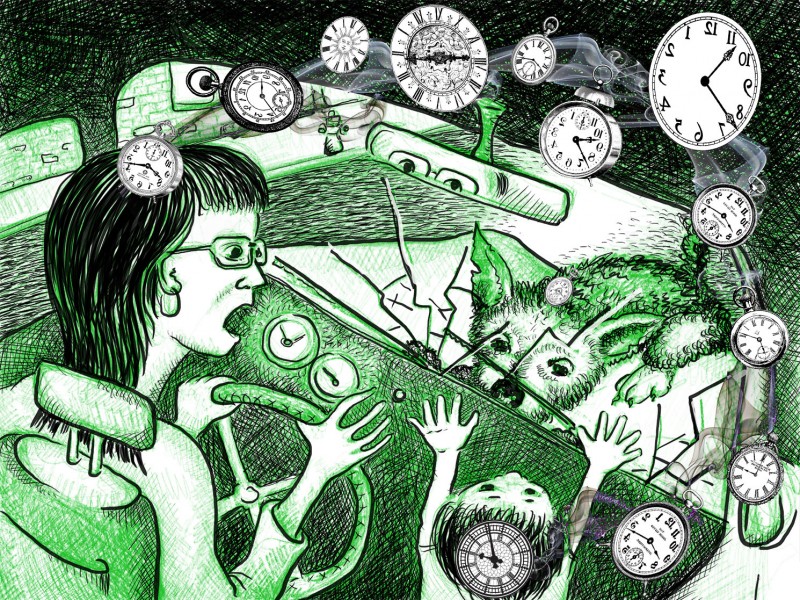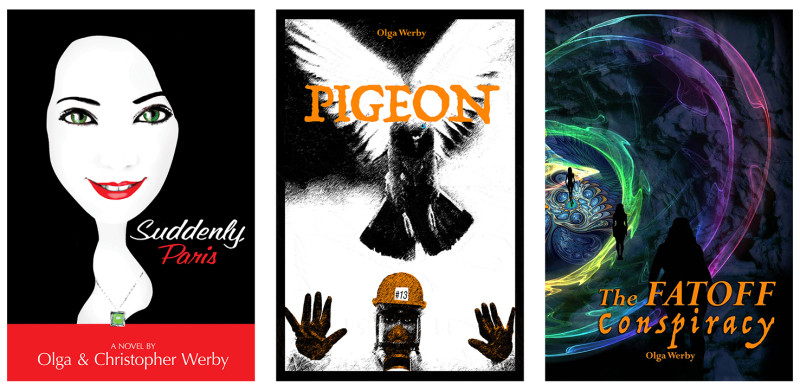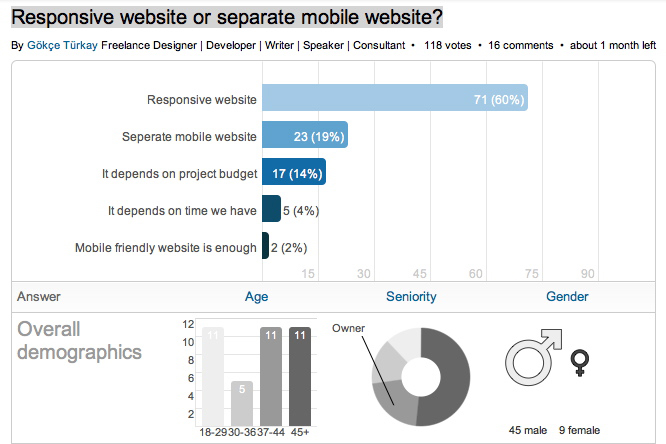For an introduction into the science of haptics, the article, “Primal, Acute and Easily Duped: Our Sense of Touch,” provided great examples about the accuracy and fallibility of our sense of touch. However, the proliferation of touch-sensitive input devices over the past 4 years since it was written didn’t provide the author with any insight into their pending popularity, or the effect they would have on our fingertips. If our fingertips can feel a bump the thickness of one micron, imagine the sensitivity they have even as they slide over a touch-sensitive glass tablet, a glossy plastic mouse, or an anodized smooth track pad. The more our fingertips are required to touch, drag, swipe, and pinch, even over smooth surfaces, the more abrasive those surfaces become over time and the more those subtle abrasions wear on our skin. Glass becomes scratched, plastic becomes scuffed, and biological stains build up on anodized aluminum along with all other surfaces. The point being that these smooth surfaces end up hurting, if not annoying, our fingertips over time. If the fingertips are the equivalent of the fovea of our eyes, why subject ourselves to these increasingly painful disturbances and not return to using an…
There's a word for that?
A Dictionary of Cool Words That Hide True Feelings & Meanings from Parents Many of the strange vocabulary words, that…
Read more →





